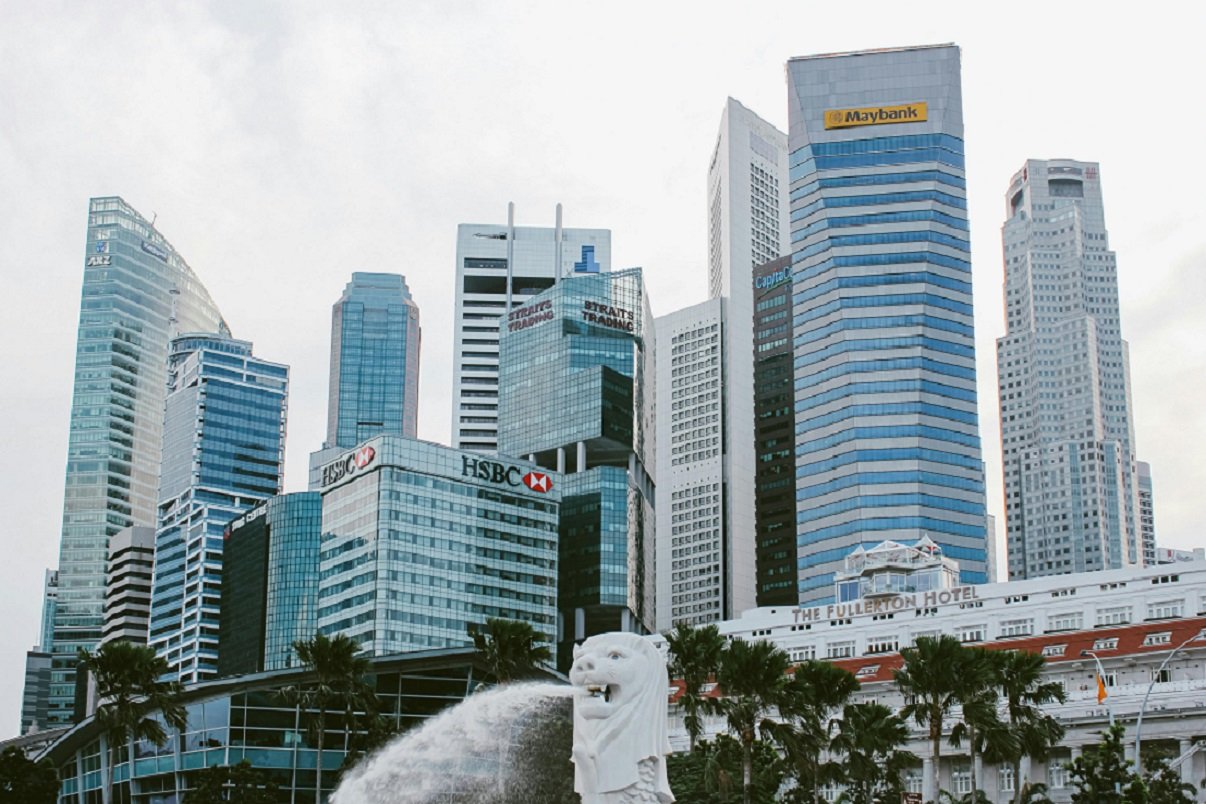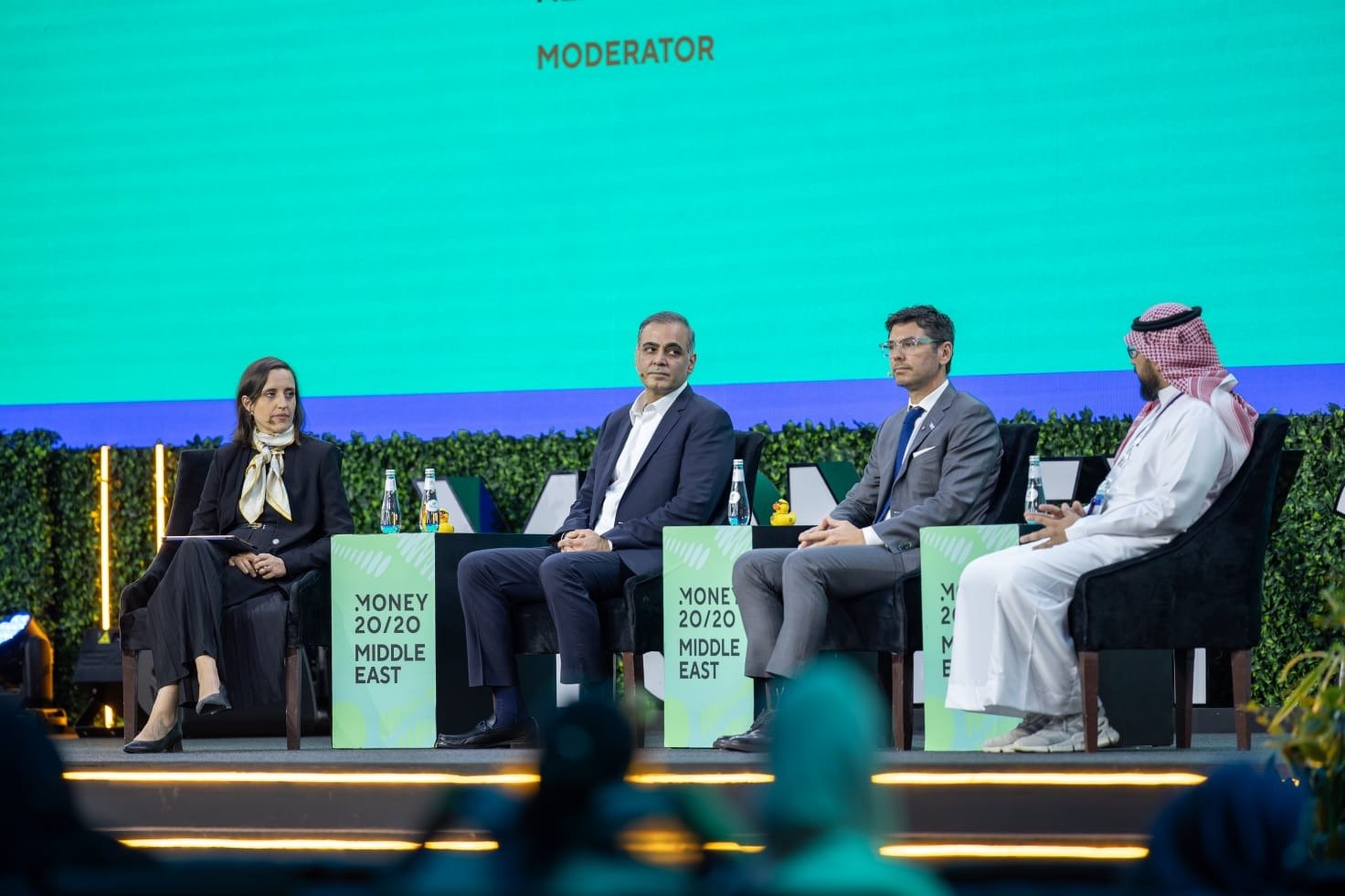As Pakistan enters the first quarter of Fiscal Year 2025-26 (FY26), the government remains confident that the economy will sustain its economic recovery FY26. Officials cite positive trends in revenue collection, exchange rates, and investor confidence as key drivers.
The Ministry of Finance expects the country to maintain growth momentum in early FY26. While global uncertainty still poses risks, local indicators show clear signs of improvement. A senior official highlighted that better fiscal management and reforms have set the stage for continued progress.
Growth Backed by Fiscal Discipline and Reforms
The government attributes the economic recovery FY26 to improved tax collection and tighter spending controls. Measures like digital invoicing and a wider tax base have pushed revenue upward. This, in turn, has helped keep the fiscal deficit under control.
“Macroeconomic stability measures are now paying off,” said a senior official. “Our goal in FY26 is not just growth but sustainable and inclusive growth.”
Officials believe reforms in energy, agriculture, and state-owned enterprises will further support the recovery. Early figures from these sectors are showing encouraging trends.
IMF Support Plays a Key Role
The ongoing Stand-By Arrangement (SBA) with the IMF has also helped stabilize the economy. Critics argue the program limits policy space. However, the government believes it creates necessary discipline.
“The IMF program ensures transparency and drives reform,” the finance ministry stated. “While it’s demanding, it has brought structure to our approach.”
The next IMF review, expected this quarter, will be crucial. A positive review could unlock more funds and boost investor confidence.
Key Indicators Show Improvement
Recent data from the Pakistan Bureau of Statistics paints a hopeful picture:
- Inflation has slowed due to tighter monetary policy and better food supply management.
- The exchange rate has remained stable, supported by higher remittances and a lower current account deficit.
- Industrial production has picked up, especially in textiles and cement.
- Exports are recovering, helped by incentives and global price trends.
The State Bank of Pakistan has kept the policy rate unchanged, reflecting its confidence in inflation control and overall stability.
Persistent Challenges
Despite the recovery, several hurdles remain. Rising energy prices, debt repayments, and political uncertainty continue to pose threats. Economists warn that momentum can easily slip without consistent policy.
“Strong numbers now don’t mean we can relax,” said economist Dr. Ayesha Kamal. “The government must focus on job creation, rural support, and SME growth to ensure lasting impact.”
She stressed the need for careful planning, especially with elections on the horizon.
Investor Sentiment on the Rise
Investor interest has returned in key sectors such as digital finance, construction, and manufacturing. The Pakistan Stock Exchange has seen consistent gains, reflecting growing market confidence.
However, the government knows that confidence must be earned through action. Investors seek predictable policies, reduced red tape, and legal protection.
READ MORE: Pakistan-UAE Trade Grows to $10.1 Billion 2024-25
Looking Ahead
The federal government remains cautiously optimistic as FY26 unfolds. “We are not declaring victory, but we are confident that our economic foundation is stronger than before,” said the finance ministry source.
If current trends continue and political stability is maintained, FY26 could mark the beginning of a more resilient economic era for Pakistan.





